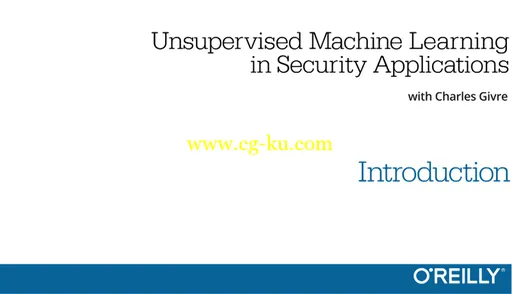
Unsupervised Machine Learning in Security Applications
MP4 | Video: AVC 1920x1080 | Audio: AAC 48KHz 2ch | Duration: 1 Hour | 1.49 GB
Genre: eLearning | Language: English
Today, arguably the most important field in the IT industry is security. With more and more commerce and business being conducted online every day, keeping data safe by detecting and repelling attacks is paramount to every organization. One area that shows great potential in the battle against hackers and their exploits is machine learning. Unleashing the increasing power and finesse of these systems toward defeating intrusions and data theft is no longer a theoretical pursuit. Indeed, machine learning is being used to defend systems and networks across an increasing range of industries and enterprises, so it’s no mystery that there’s also an increasing demand for skilled and qualified security specialists who can apply data science techniques to the task of data security.
This video course introduces you to the concept “unsupervised” model training, or learning, in a security context. Your host, cyber security specialist and data scientist Charles Givre, explains the theory behind commonly used clustering algorithms such as K-means and DBSCAN as well as the direct application to security problems such as anomaly detection. You’ll see how to pipeline your models into a production environment using the Python scikit-learning library. You’ll also learn how to calculate metrics to assess your models’ performance, and how to use Yellowbrick to create visualizations of those performance evaluations.
This video course is one in a set of three individual ones intended for security professionals who want to learn how to use and apply data science to their toughest security problems. Mr. Givre focuses on the tools and techniques that are directly applicable to the industry, and uses security problems and datasets to walk you through the entire data science process from end-to-end.

发布日期: 2018-04-18